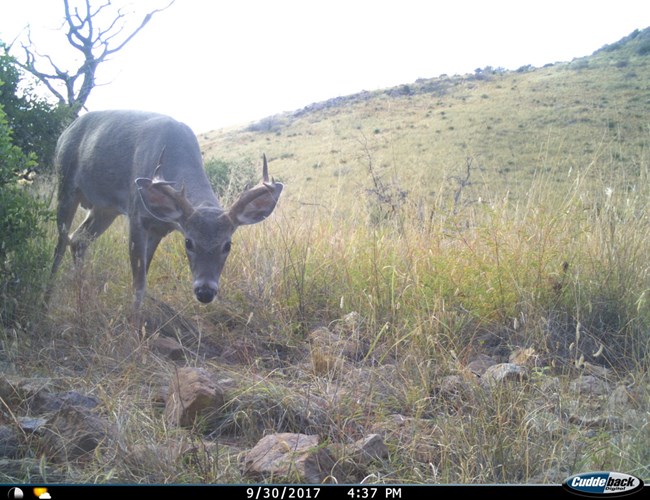
NPS/ Quentin Bucker 
NPS/ SNP White-tailed Deer Odocoileus virginianus
Size and Description

NPS/SNP
Interactions with other animals
|
Last updated: January 9, 2024

NPS/ Quentin Bucker 
NPS/ SNP White-tailed Deer Odocoileus virginianus
Size and Description

NPS/SNP
Interactions with other animals
|
Last updated: January 9, 2024